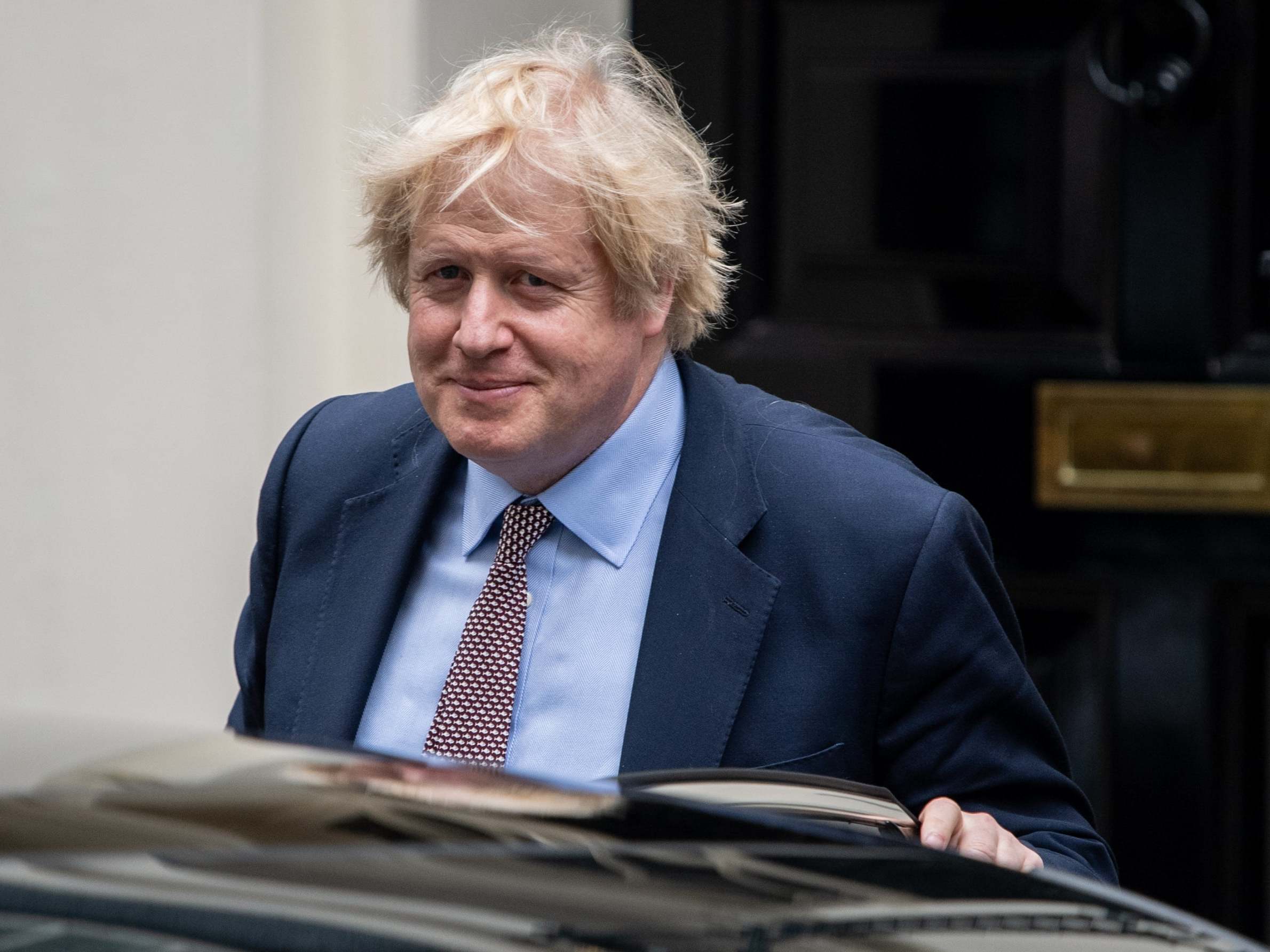Are these missed coronavirus pandemic warnings the smoking gun proving Boris Johnson’s failure?
Politics Explained: Transmission of the virus exploded during ‘lost weeks’ when scientists raised the alarm – but the lockdown was delayed

On 16 March, Boris Johnson was warned that his light-touch coronavirus plan would result in a catastrophic 250,000 deaths and he abruptly changed course – or so the story goes.
On that day, the prime minister urged the nation to stay out of pubs and restaurants, although they were allowed to stay open and the lockdown was still a full week away.
Minutes earlier, Professor Neil Ferguson and his Imperial College team had put the terrifying predicted death toll in the public domain and the slow U-turn began.
But what would people say if they knew the government was warned long before mid-March that hundreds of thousands of people would die without a lockdown – and warned multiple times?
Incredibly, the evidence says this is exactly what happened, yet I suspect very few know it. It is surely the smoking gun in the case for the bungling of the pandemic response?
It is time to introduce the little-known Scientific Pandemic Influenza Group on Modelling (SPI-M) – a sub-body of the better known Scientific Advisory Group for Emergencies (SAGE).
On 2 March, SPI-M warned that, without “stringent measures”, between 250,000 and 500,000 people would die from Covid-19, as up to 80 per cent of the population became infected.
This was discussed by SAGE the following day, when studies from Imperial College and the London School of Hygiene and Tropical Medicine were on the agenda – both predicting 250,000 deaths from the strategy to ‘contain’ and ‘mitigate’, rather than ‘suppress’, the virus.
But no measures – let alone “stringent” ones – followed, as the country partied on and vast numbers packed together at major sporting events and music concerts.
Worse, the first warnings of a death toll of 250,000-plus are reported to have been issued as long ago as 18 February (by Peter Openshaw, of Imperial College) and 26 February (by the hygiene school’s John Edmunds).
Ah, February – the sleepy month when Mr Johnson skipped multiple meetings of the Cobra committee, as he relaxed for 12 days with his new fiancee at the grace-and-favour country home of Chevening.
Now, you may be thinking that the current death toll of 50,000, while horrific, is nowhere near the 250,000 mark, so these warnings have not come true?
No. These were the projections with no lockdown, which did eventually come – but, crucially, not until the end of March, up to four weeks later.
And, most critically, in those lost weeks, transmission of the virus exploded in the UK, from about 14,000 infections (3 March), to around 200,000 (14 March) and to more than 1.5 million (23 March).
According to those Imperial College estimates, no other major European country allowed such a devastating surge to take place before a lockdown – explaining why the UK has the worst death toll.
Much for the public inquiry to ponder – if, of course, what must be a very-nervous Mr Johnson allows it to take place.
Join our commenting forum
Join thought-provoking conversations, follow other Independent readers and see their replies
0Comments